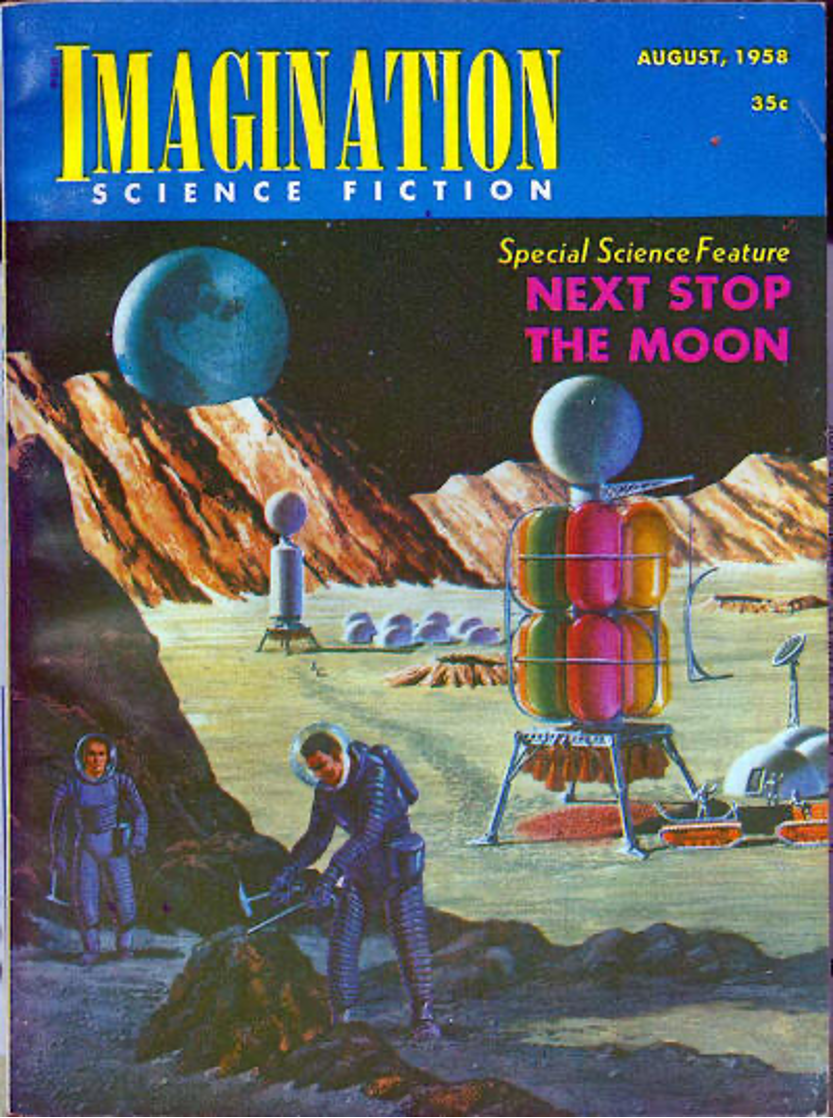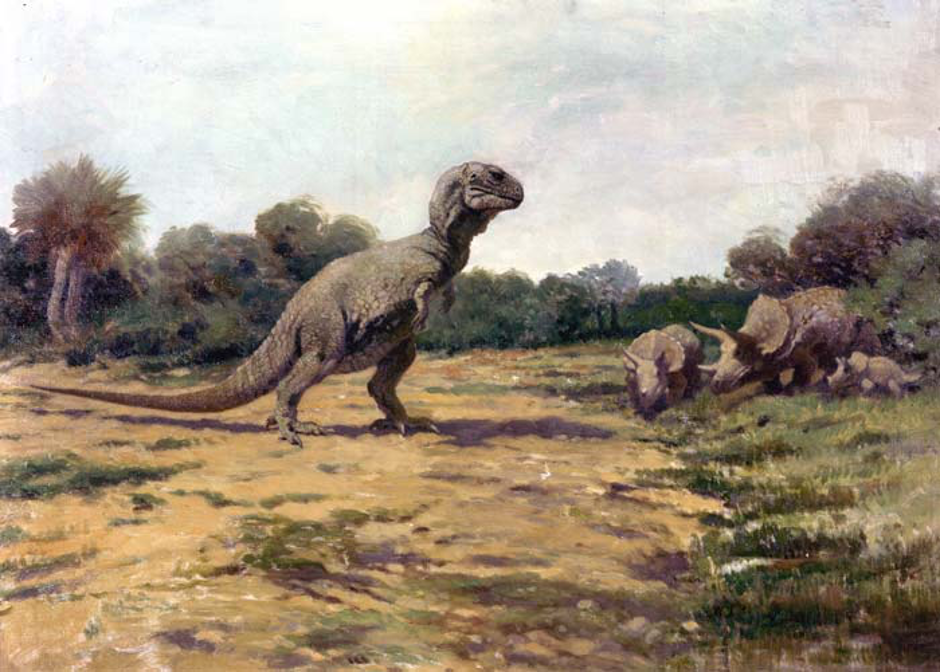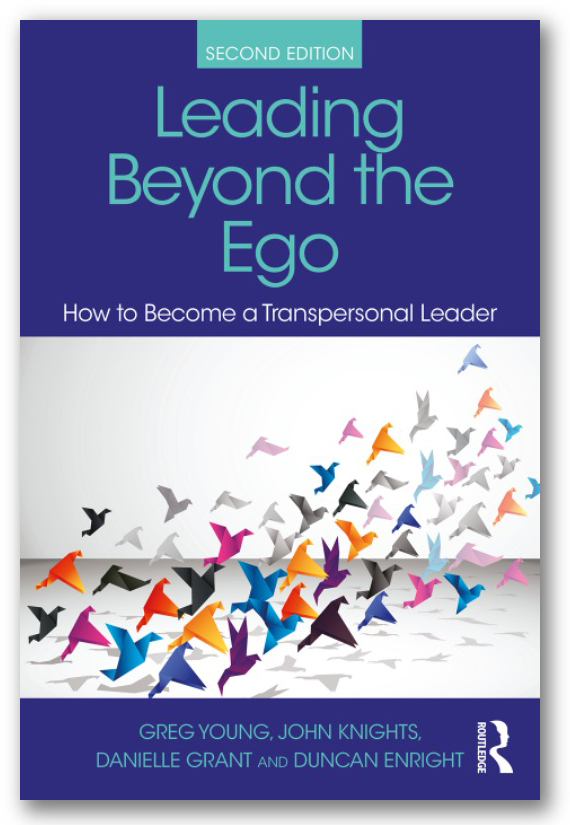
Written by George Perry
The origin and concept of the ‘butterfly effect’ is attributed to the American science fiction writer Ray Bradbury, when he published ‘A Sound of Thunder’ in the early 1950s – that time being pretty much the heyday of pulp fiction, man was yet to set foot on the moon, the cold war was heating up, and television was only starting to dominate leisure time in people’s living rooms.
At that time, people yearned for escapism, and science fiction provided the inspiration they needed. Its popularity was partly attributable to a mix of excitement and fear that was bred from uncertainty about what the rapidly-changing technological improvements would bring to life as they knew it. These constant advances are indeed something to which we’ve grown accustomed, as we’ve seen the digital age develop leaps and bounds through the second half of the twentieth century onwards, to completely transform our way of life.
In his time-travel tale, Bradbury writes how the spoilt, wealthy elite in the future pay to be taken back in time for the ultimate trophy kill – a Tyrannosaurus rex. However, taking down the T-Rex comes with caveats attached, and the hunters are told to never stray from a levitating path and also to leave as little impact on the past –where they are guests – as possible, otherwise this could have dire consequences for the future society that they came from.

The story is multi-faceted, as it suggested there were dangers that lay beyond what the hunters could see right in front of them – i.e. the predatory beasts, to immaterial risks about altering entire systems with small actions – they were required to tread lightly, literally in this case. Selfish recklessness would ultimately only come back around to affect them, as we all live together and every action of others is going to affect us as much as our own actions.
From Science Fiction to Science Fact
What you may notice about the above tale is that there are no butterflies in it – so why is it called the ‘Butterfly Effect’; you may ask?
Actually, there is a key element to Bradbury's science fiction story that I left out. On returning to the future, one of the characters realises that he had trodden on and inadvertently killed a butterfly whilst in the past, significantly altering the future. The point being that even a small change could cause a ripple effect to create major change later, and not necessarily in a good way either. Less than ten years later, the concept had moved from science fiction to science fact
The analogy to the fact that each person’s action has a knock-on effect on others, has everything to do with complex adaptive systems, and how we should respond to them as leaders. And it has a lot to do with what we’ve witnessed in the world this past year, the changes that have been made in 2020, and how we can use them to our advantage.
You may also be thinking that it is science fiction, so what’s this got to do with the real world? It’s an imaginative theory, but does it really relate to anything, and how we should be approaching our roles as transpersonal leaders in a complex adaptive system?

Around a decade after 'A Sound of Thunder' was published, a meteorological scientist named Edward Lorenz updated an idea contained within a scientific school of thought called ‘Chaos Theory’ that owed its principles to the fictitious imagination of science fiction that had emerged nearly ten years before it.
In this new theory, which was now turning from science fiction to science fact, Lorenz surmised that the simple flapping of a butterfly’s wings in Brazil could cause a tornado many miles away in a different continent, or equally, cause blue skies where they otherwise should not be – either way, the small and simple act of just beating wings and moving the air particles slightly could lead to a huge impact on future weather events; and the main point attached to this being that it is vastly too difficult to predict what will happen in the future, as a result of any small changes to the ecosystem now.
In fact, Lorenz had mistakenly entered the wrong data into his weather predictor software, as he had only read the first 4 digits of a 7-digit printout before keying it in. He entered 0.506 into his computer program, instead of the full precision value of 0.506127, and what he then got was wildly different results to what was expected. This is where the notion of even the tiniest of changes in a given system will alter the whole system massively, with possible devastating effects, such as a tiny butterfly beating its wings in one place causing a hurricane in another place – the butterfly effect.
So how does this all fit into the current situation we are now experiencing?

Challenges and Change
We are now at the start of 2021, and last year saw some incredible and daunting challenges. Despite many people suggesting that life in 2020 was very much like a science fiction disaster movie – for its plot had been predicted in preceding years and 2020 itself played out almost exactly to the T as Hollywood would’ve written it; actually, the link to the butterfly effect goes deeper than this.
Even though 2020 brought great challenges for all of us, it also brought in some necessary, and in many cases, welcome changes; and all at breakneck speed. This is a prime example of how people and businesses can adapt quickly to the circumstances around them to accommodate changes that are required.
Necessity is the Mother of Invention
However, these small changes were beneficial to some people in some ways, but were harmful to others in other ways – the butterfly effect in action.
For example:
- The shift to work from home by many businesses as an attempt to minimise the spread of the virus was good for keeping those people employed and the economy ticking over in those areas, but had the opposite effect on city centre retail businesses who would normally rely on the footfall of office workers who would usually frequent the cities every day.
- In a similar guise, the use of Zoom (which in the space of a year has grown to now be worth more than ExxonMobil) has skyrocketed, thanks to the COVID-19 pandemic and WFH culture, but this has had an adverse effect on the profitability of transport networks, and therefore any investment into maintenance and upgrades going forward.
- Home-schooling of children had a larger negative impact on women than it did for men, and as a result many women were taken out of the workforce to look after children at home.
- On a wider, global scale, even the differences in COVID infections between countries had an adverse effect on some countries over others. For example, the Netherlands had a relatively low infection rate, which in a situation such as a pandemic you would normally say is a good thing, but this has also meant that they didn’t have enough samples in the population to provide a large enough pool to be able to conduct effective vaccine trials, and they have had to rely on data from other countries to advance in this area.
This last example goes to show how we are all interconnected, and life under COVID-19 has only brought this fact even more to the forefront, even the fundamental nature of the virus and how quickly it spread has served to prove the point further.
More so, all of the above examples were chosen because they are good cases in point of the butterfly effect in action during the global pandemic.
Chain of Events
In our latest podcast, we’re investigating these links further, and are looking at Leading in Complex Adaptive Systems, in a 2-part series to bridge the end of 2020 as we enter the dawn of 2021.
We’ll also explore in more detail how to prepare yourself as a manager by adopting the Complex Adaptive Systems approach in the new post-COVID era.
Also contained in the podcast is another key point that is vital to understand the link between how a tiny, microscopic virus has effectively emerged from nowhere and has led to a huge global change in work patterns, which in turn has a knock-on effect to everything else – which for our purposes is the ‘butterfly effect’ – and then understanding how this relates to the way that leading a complex adaptive system differs from the way we’ve traditionally managed people in the past.

Let’s Get Physical
One analogy we talk about is how we need to move from 'Newtonian physics', that is to say, something that is based on natural ‘forces’, i.e. ‘laws’; to more of a 'quantum mechanics' understanding, that is to say, acknowledging that an electron can exist both in this part of the universe and another part of the universe simultaneously, or for example, accepting the existence of photonic light, which has both MASS and ENERGY, and is not tied as rigorously to the strict Newtonian laws of nature.
On that note, I’ll leave that sweet taste of an apple in your mouths and invite you to listen to the next in the series of our podcasts on the topic of Leadership in Complex Adaptive Systems, and can be found here.
From science fiction to science fact, dinosaurs, butterflies, apples, and a microscopic virus; the key to succeeding as a transpersonal leader is acknowledging the paradox between whether we're going to manage in a more traditional way, or as dynamic leaders of a complex adaptive system.

